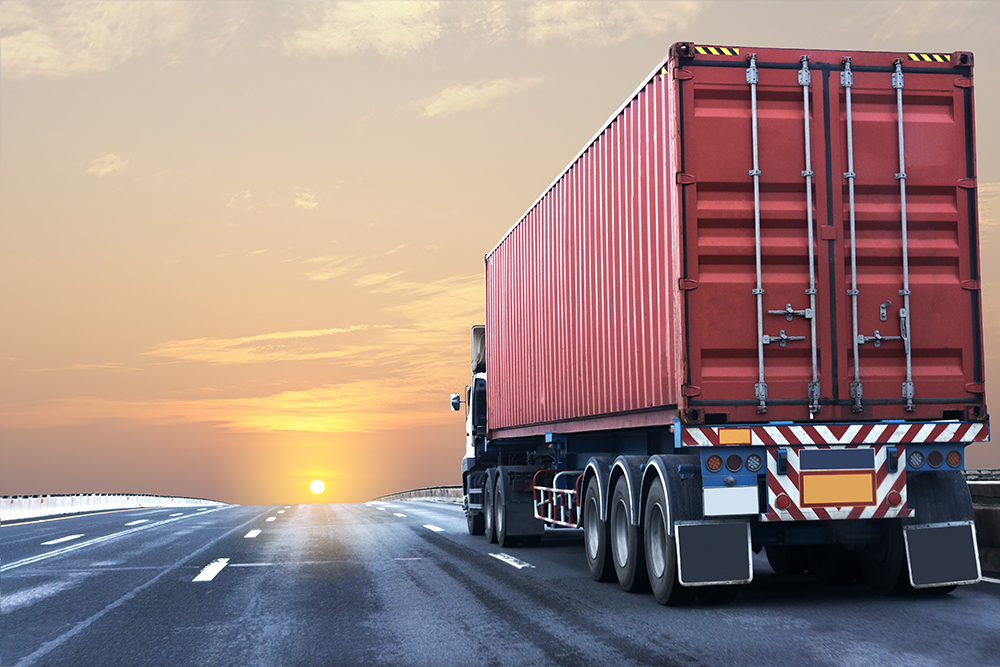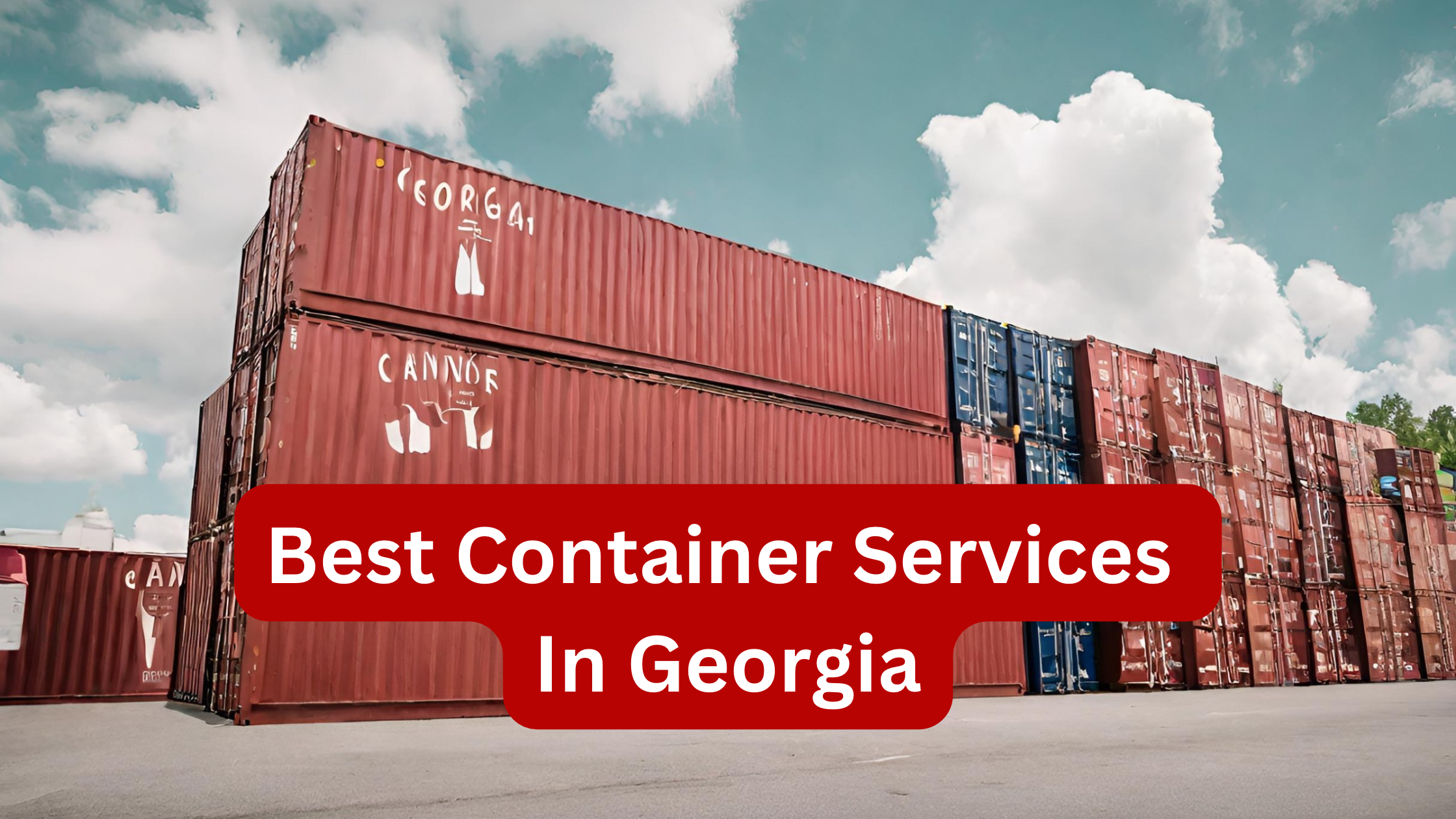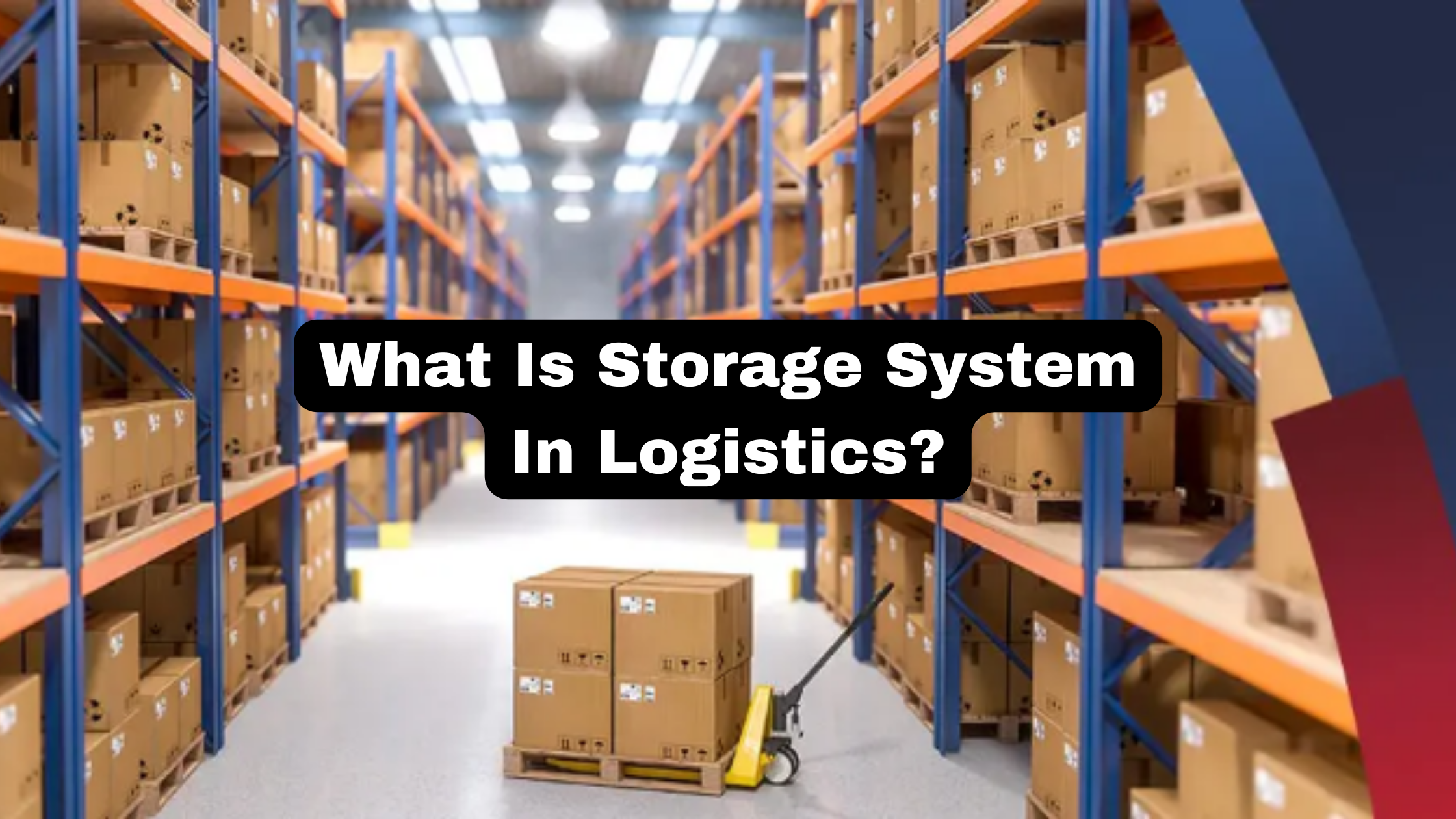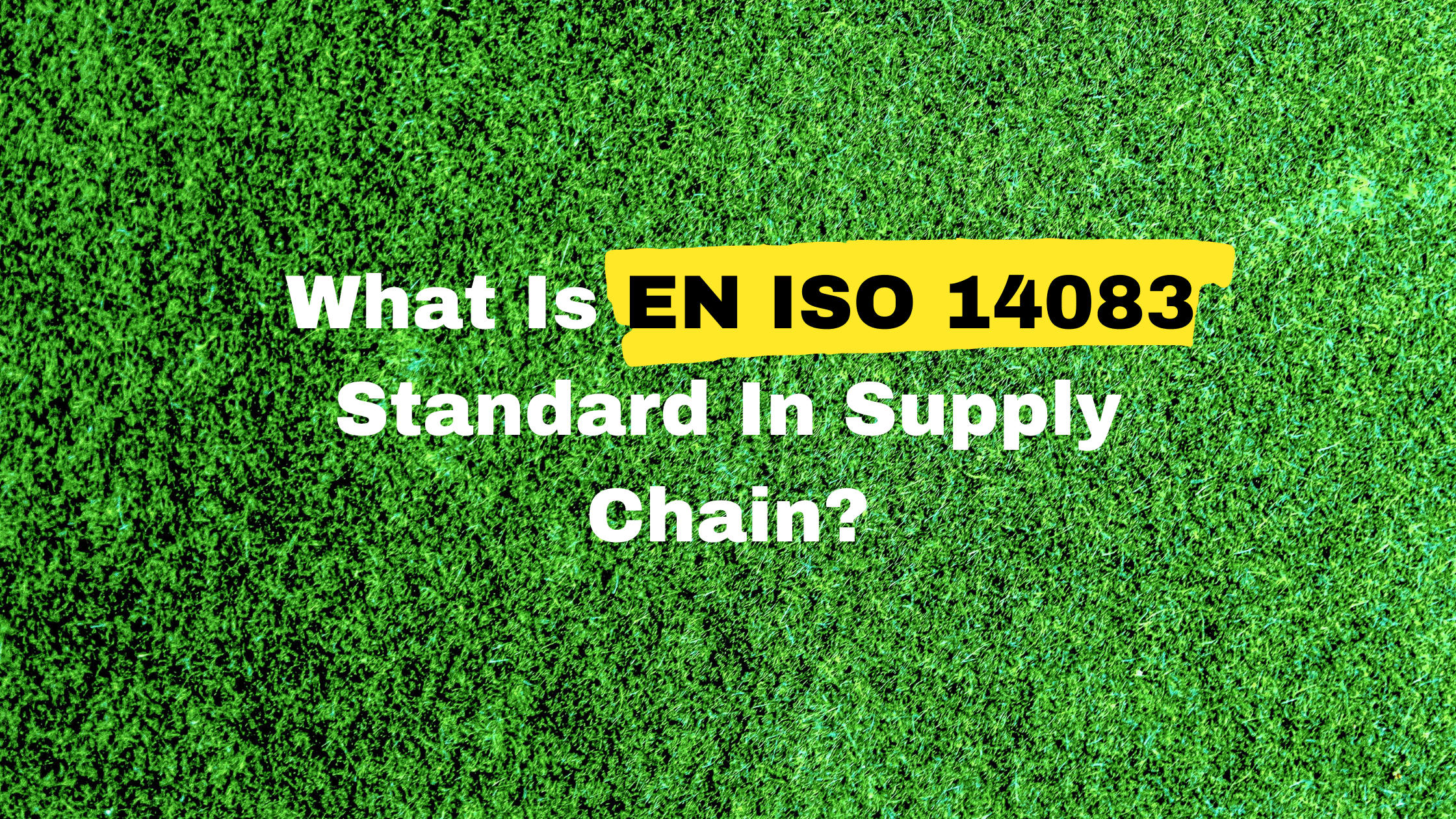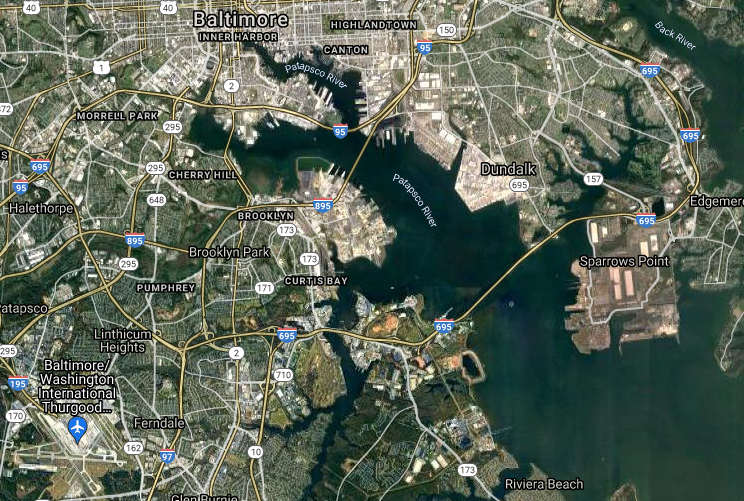Inland logistics and transportation are primarily known as the movement of goods by rail, road, and barge. This mode of transportation is very vital for trade throughout the world and all international processes. The process of shipping is incomplete without inland logistics and transportation. Although, it is also a fact that most of the freight might be transported by sea or air.
Inland logistics and transportation are significant throughout the world. For instance, all the cargo that has to be loaded on the ship from warehouses is moved with the help of trucks and trains. This falls under the category of inland logistics and transportation. The most critical elements of intermodal and multimodal transport are rail, roads, and barge. These modes of transportation are the combination of two or more types of movement of cargo.
This blog thoroughly investigates inland logistics and transportation and their functions in international shipping.
Inland logistics and transportation
Inland logistics and transportation are among the most frequently used methods of moving freight from one location to another. Compared to other modes of transportation like sea, air, rail, barge, etc., inland logistics and transportation is the most flexible and have the fewest geographical restrictions. The significant ways of moving freight inland are discussed below.
FTL (Full Truck Load)
It is the type of shipping in which a single shipment takes up an entire truck. Usually, large consignments require full truckload services. However, shippers might also choose FTL if the smaller shipments are pricey or high-risk. The cost of shipping depends on the distance. FTL shipping is related to LCL (less than container load) and FCL (full container load) shipping. Please get in touch with our customer representatives to receive services since H.D. Drayage and Container Services LLC also offers FTL.
LTL (Less Than Truckload)
A truck transports multiple smaller-volume shipments than an FTL shipment. As a result, several shippers use one truck for their consignments. They only have to pay for the individual space they occupy. LTL (less than truckload) shipments are linked to LCL (less than container load) shipping.
Partial truckload and volume LTL:
Sometimes, a shipment will fall into a middle category known as a “partial truckload” or “volume LTL” if it doesn’t need a full truck but is more significant than your typical LTL shipment. Although frequently used synonymously, these phrases have a slight difference.
A partial truckload shipment consists of eight to eighteen pallets and weighs between 8,000 and 27,500 pounds (3,628 to 12,473 kg). A volume LTL shipment meets one or more of the following criteria: it must contain at least six pallets, at least 2,268 kilograms (5,000 pounds), and more than 12 linear feet of space (one linear foot is equal to 12 inches).
Since rates for a partial truckload are determined by the market, there is no need for a freight class. Volume LTL, on the other hand, needs a freight class because carriers base quotes on their classification scheme and LTL rates that have been made public. Carriers use the concept of “freight class,” a measurement system, to set benchmark costs.
Trailer pick-up and drop-off
A trailer is a two-part vehicle that consists of a “tractor or cab unit” that pulls the trailer and an unpowered cargo-carrying unit. It has a generator, so an appliance that cools or refrigerates can be plugged in. Transporting shipping containers is the purpose of trailers.
To transport the filled containers to the port or terminal and load them onto the carrier, a shipper typically uses a trailer service to pick up empty containers from a container yard and drop them off at his warehouse.
Advantages of Inland Logistics And Transportation
- Inland logistics and transportation is the only mode of transport capable of delivering door-to-door parcels.
- Fixed delivery days and next-day delivery are made possible by an extensive road network.
- It can operate at any time and is not constrained by schedules or routes; it is also easily adaptable to the needs of a particular route or cargo.
- Rapid transportation of goods, particularly perishables, over short distances
- Less packaging is needed, which results in even more significant savings compared to shipping by air and sea.
- It does not require much capital. Road construction, operation, and maintenance costs are relatively low. Trucks and trailers are cheaper than ships, aircraft, and trains.
- An essential component of rail, sea, and air freight transportation.
Disadvantages of Inland Logistics And Transportation
- Road travel is less safe than air, sea, rail, and other modes of transportation due to the high risk of accidents.
- Not appropriate for transporting heavy, bulky, or long-distance objects.
- Unreliable during the monsoon, when the roads flood and become damaged
- Delivery times may be impacted by traffic congestion and malfunctions.
- There are some nations with high road taxes and tolls.
- One of the most significant issues is poor road maintenance.
- Fuel price changes have a significant impact on the cost of inland logistics and transportation.
Overall, the movement of cargo from warehouses to ports and vice versa depends heavily on inland logistics and transportation. As a result, it occupies a distinctive space in the logistics and supply chain sector. In order to guarantee the prompt delivery of the goods, H.D. Drayage and Container Services LLC has its own fleet of trucks.

